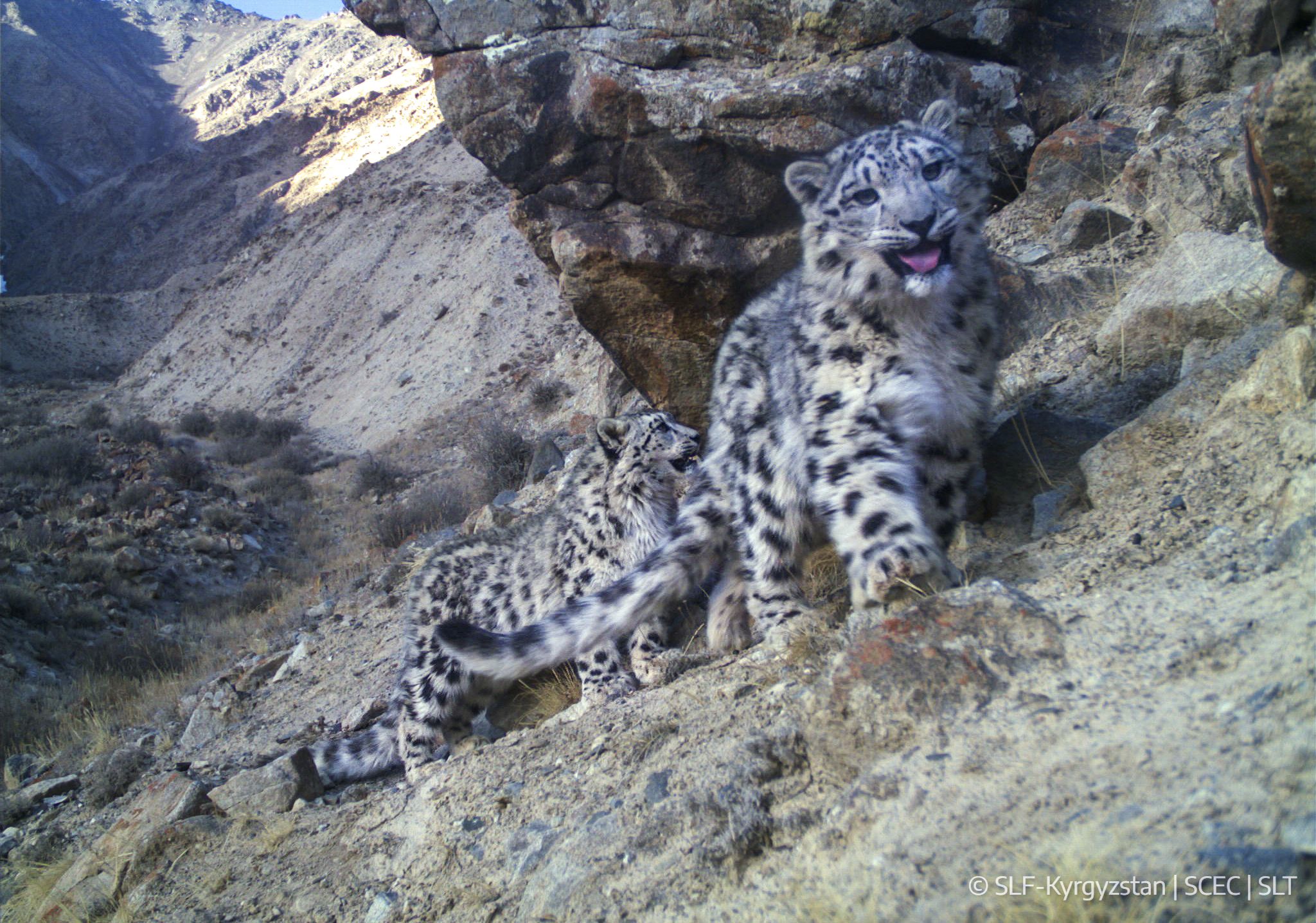SAVING THE SNOW LEOPARD
THE EVOLUTION OF ETHICAL CONSERVATION
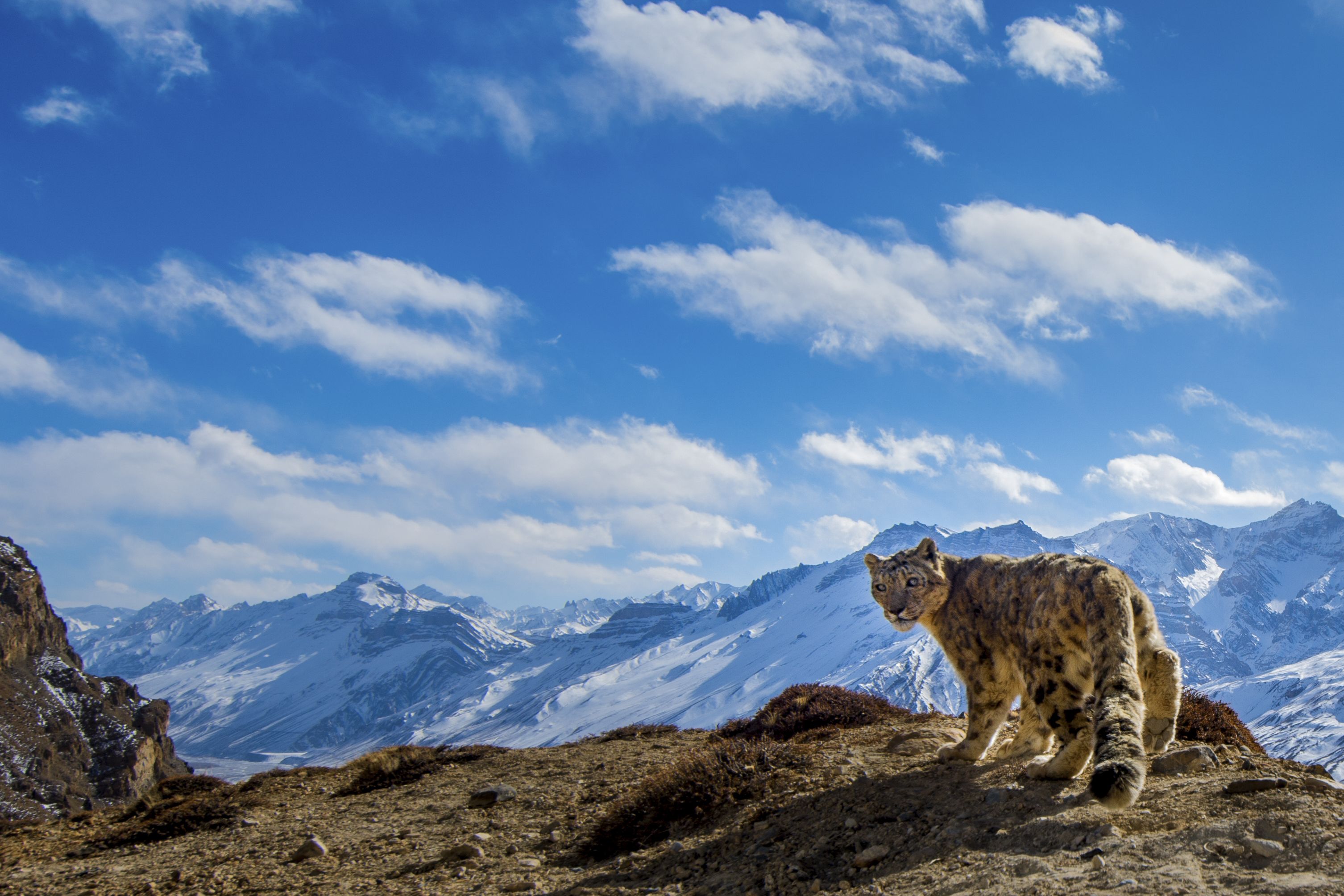
"Snow leopards are beautiful, magnificent, awe-inspiring, powerful. I have not seen any other animal that is so supremely adapted to the high mountain landscape."
Snow leopards are secretive - existing in the high mountain landscapes on top of the world. They are also notoriously difficult to study but it is estimated there are between 3,500- 6000 left in the wild making them officialy 'vulnerable to extinction'. Scattered over 12 countries, they face a variety of threats to their survival. humans play their part in their demise from locals protecting their livestock to poachers who sell their pelts on the black market. However, the greatest looming threat is climate change which is rapidly causing glaciers to retreat -destroying permafrost, drying up surface water and causing the habitat on which they depend to degrade.
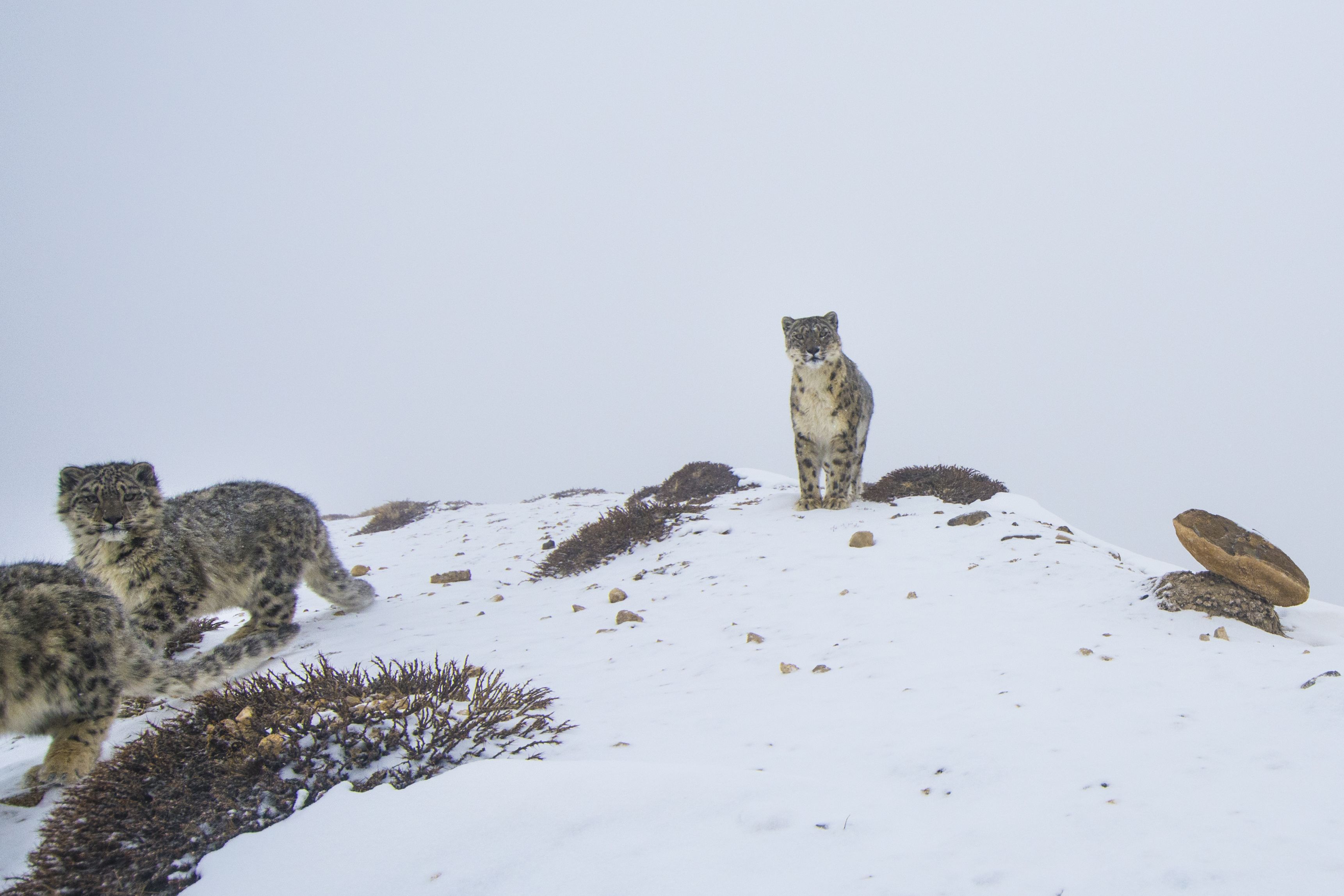

Charu Mishra 2022. /Mishra
Charu Mishra 2022. /Mishra
A lifelong mission
When Charudutt Mishra was growing up in urban India, conservation was not a pressing concern for most people. But his mother was always interested in plants and animals – and her love of nature inspired him to become a conservationist.
"She supported me a lot when I wanted to take this up as a career," he recalls – but his father was less convinced worried about how he would support himself
"If I went into nature and wildlife'" he chuckles as the field of conservation was still in its infancy.
Three decades later, Mishra is the Executive Director of the International Snow Leopard Trust and the co-founder of India's Nature Conservation Foundation. He won the Whitley Gold Award in 2022 for his work which has been crucial in bringing back the snow leopard from the brink of extinction and also transforming how conservationists work with local people around the world.
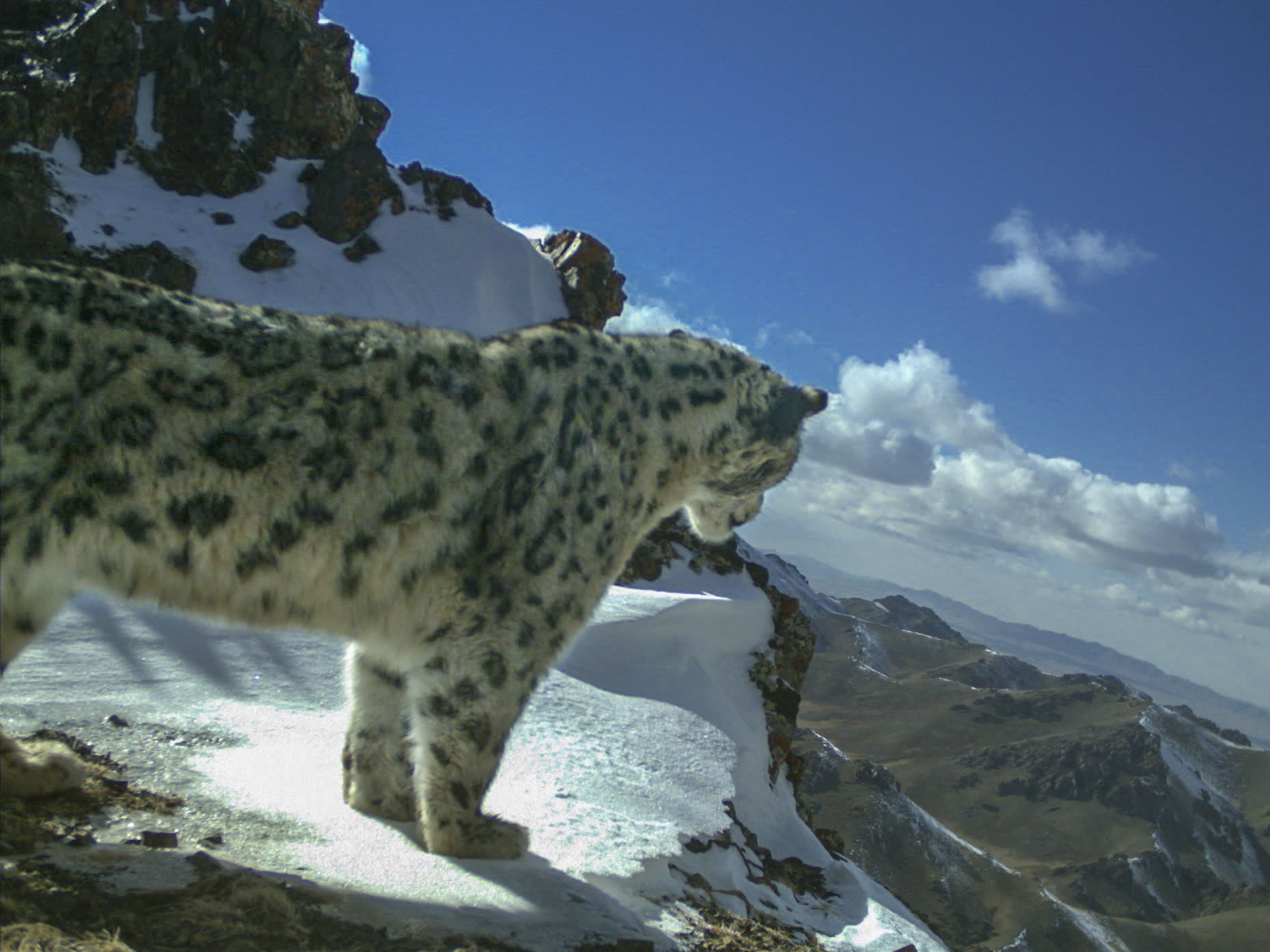

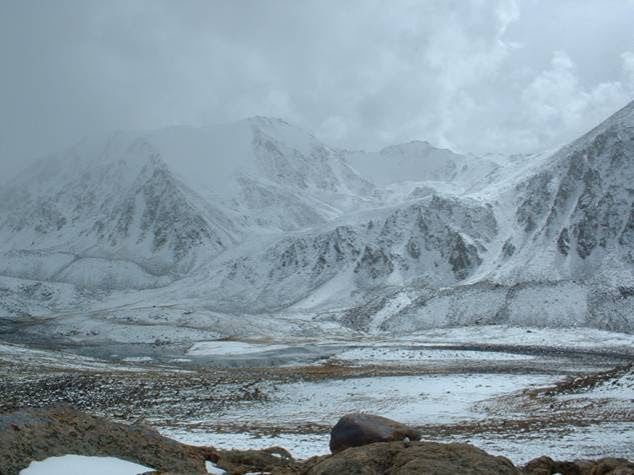
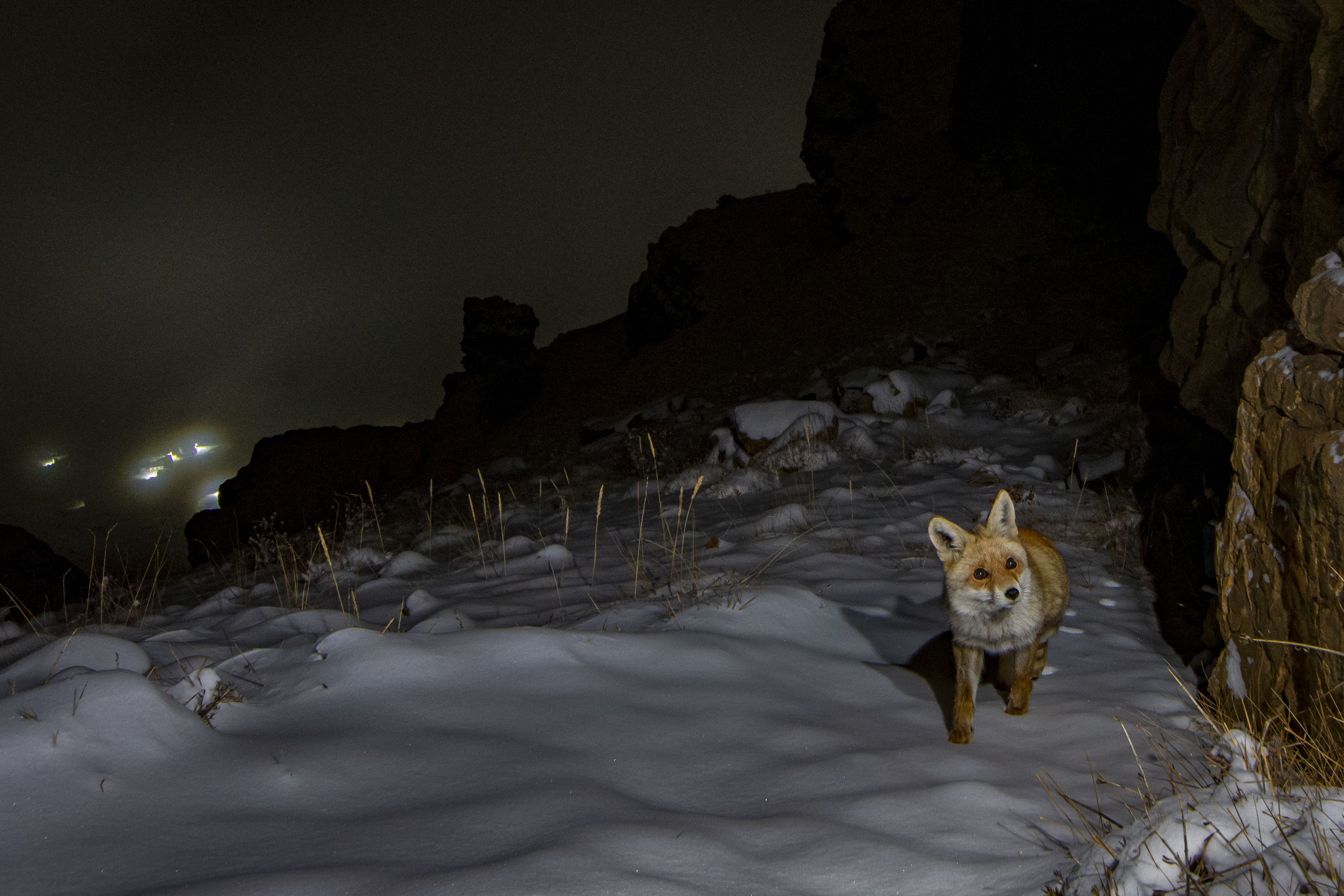
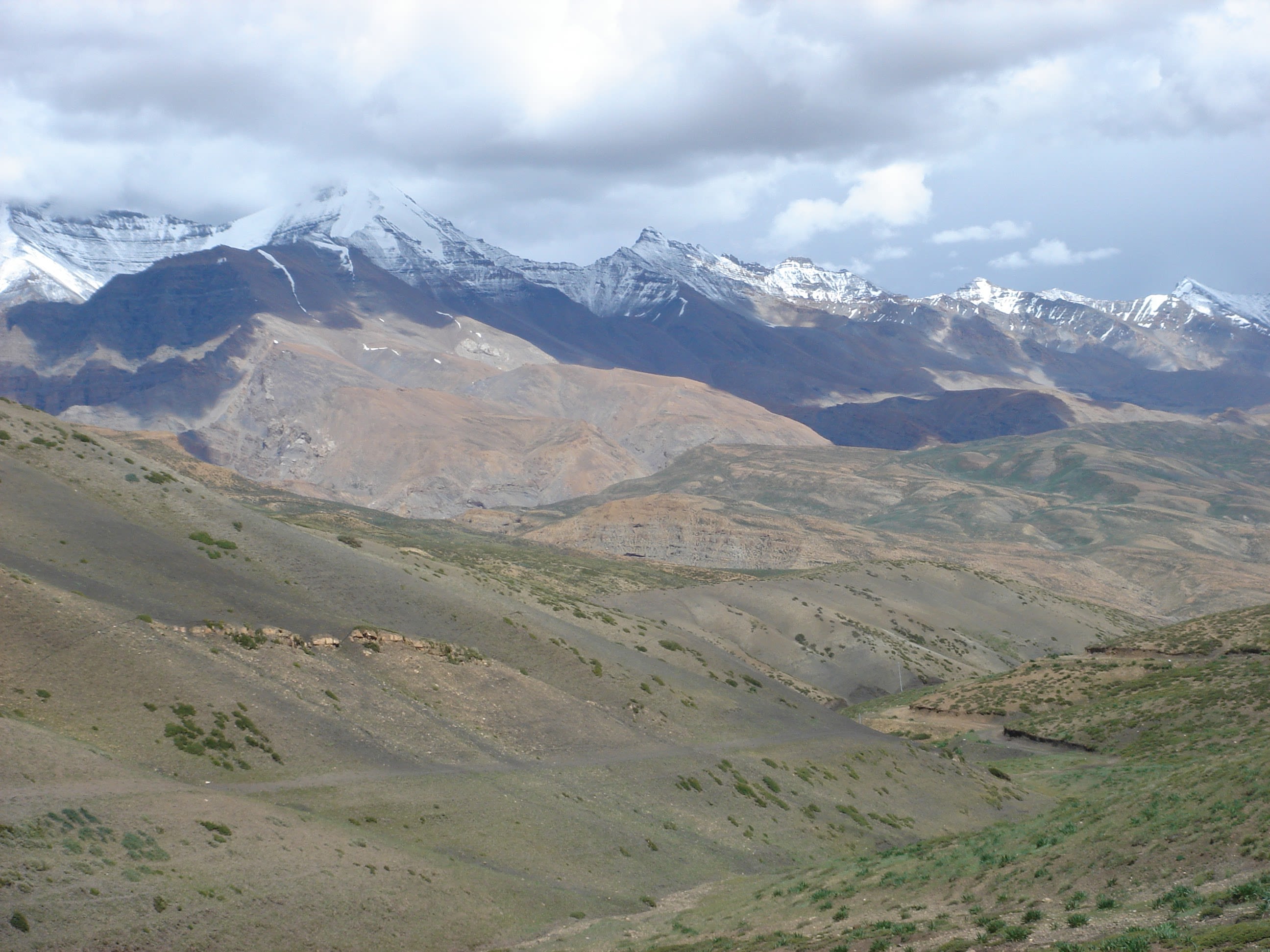
Snow leopards' habitat: The Third Pole
Closely related to tigers, snow leopards live in high mountain terrain at elevations of 3,000-4,500 meters and roam up to 40 kilometers in a night.
Living in rocky outcrops, they have evolved fur up to 12 centimeters long in some places for insulation. Short forelimbs and long hindlegs allow them to traverse the mountainous terrain and leap up to nine meters. Their tails can reach over a meter in length to help them balance and their furry paws work as snowshoes.
Perhaps understandably, Mishra is in awe of them.
"It's taken more than three billion years of evolution to create the snow leopard. And it's just so unique," he says. "And they're also, for me, one of the most important symbols of why we need to protect high Asian landscapes – the Third Pole."
That's the nickname for the great mountain ranges of Asia, including the Himalayas in the south and stretching up to the Altai in the north.
These mountains and glaciers contain more frozen water than anywhere else on our planet except the Arctic and Antarctic – and that makes it crucial to the planet's environmental balance
This collection of glaciers also feeds a vast network of rivers, including the Ganges, Indus, Mekong, Yangtze and Yellow rivers – which is why the region is known as Asia's 'water tower'. Collectively these rivers provide water to nearly 40 percent of the world’s population.… which only makes it more terrifying that those frozen water stores are critically threatened by global warming, climate change and globalization.
Mishra, for one, is very worried. "The Third Pole is thought to be warming at twice the average rates of warming that you see in the northern hemisphere," he says. "So it's a real challenge. We are seeing an increasing frequency of extreme climatic events and many of our partner communities in the high mountains of Asia - in the Third Pole - are already suffering and facing consequences."
In an era of short attention spans and compassion fatigue, such areas tend to need an animal avatar - a creature that stands in for the whole region. Think of a polar bear on a melting iceberg floe at the North Pole – or now, for the Third Pole, our new friend the snow leopard.
"Snow leopards are a perfect symbol to be able to draw attention to the Third Pole and to motivate citizens and governments to actually protect both," says Mishra.

Tagging a snow leopard in Mongolia. /Mishra
Tagging a snow leopard in Mongolia. /Mishra
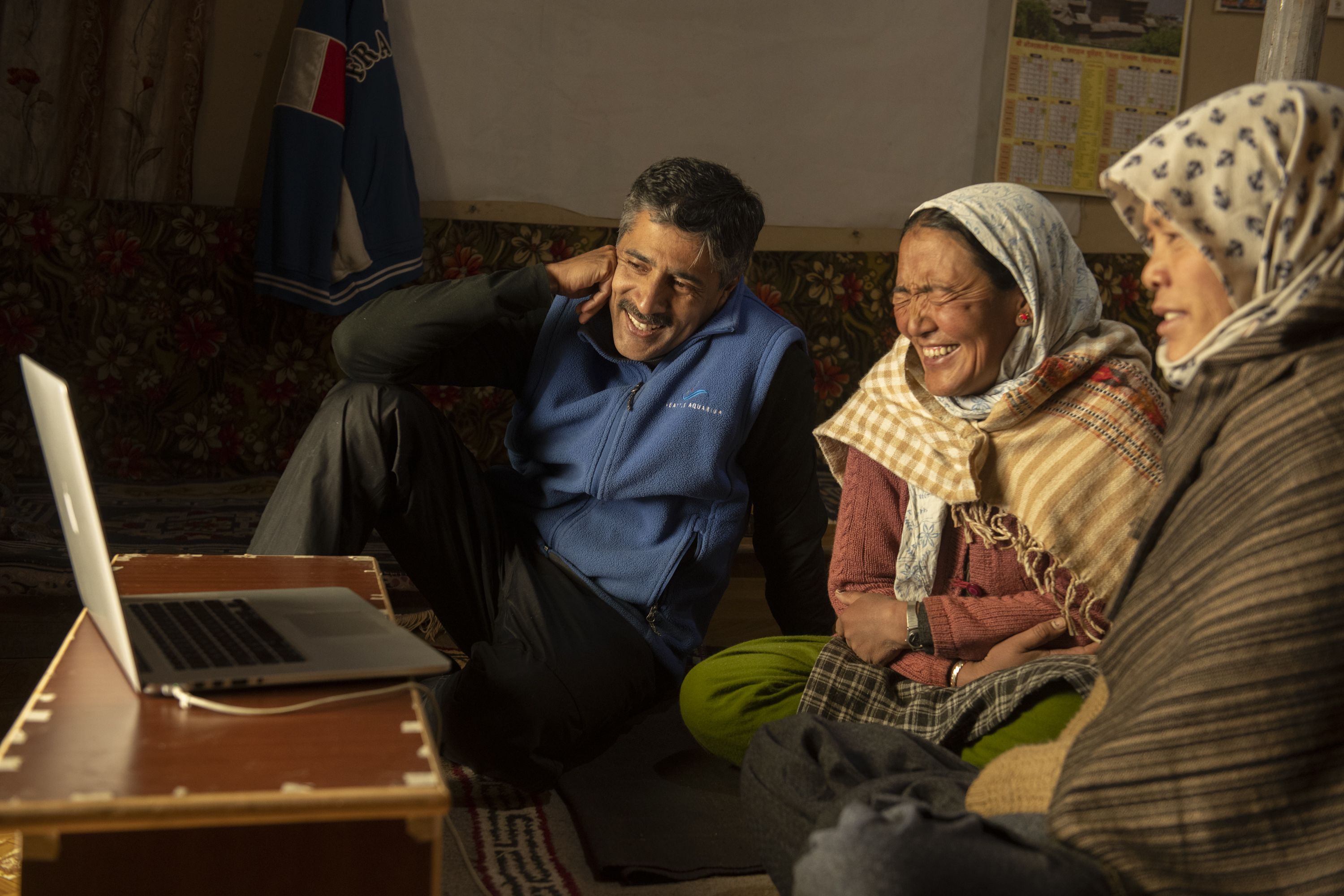
Community relations in India. /Prasenjeet Yadev
Community relations in India. /Prasenjeet Yadev
Learning from communities
Mishra duly became a scientist, but it wasn't until he went to the high Himalayas to collect data for his PhD field work and lived with local people that he began to realise that conservation needed to change direction.
"I lived in a village in a remote place close to 4,200 meters altitude," he recalls. "And I lived there with them for four years."
The experience was transformational.
"While I had been trained to think of local and indigenous people as the problem for conservation – who needed to be moved out to create space for protected areas – for the first time, I became a bit more empathetic and realized the kind of challenges they were facing."
The locals aren't against the idea of conservation or taking conservation-friendly business practices seriously; they were simply unable to, because of the hardships within which they lived – and the competing consumption needs of the animals.
Snow leopard's main prey include the wild mountain goats and sheep, including the bharal, ibex, and argali. They also kill marmots, hares, rodents and birds. Not good news for the locals who need those animals for their own food and business.
"Snow leopards and wolves kill their livestock," says Mishra. "And livestock is one of the most important economic resources for them. So essentially what I realized was that I needed to change my view about communities, stop seeing them as a problem for conservation, but instead try to see them as the opportunity".
Mishra began to look for ways that communities could be empowered to participate and maybe even lead nature conservation.
"They have to be actually integrated and brought into those conservation efforts, and only that will actually lead to sustainable conservation," he says.
"Law is important, enforcement is important, but strong laws and guns by themselves do not ensure a future for nature and biodiversity. It's really getting local and indigenous communities to become conservation leaders."
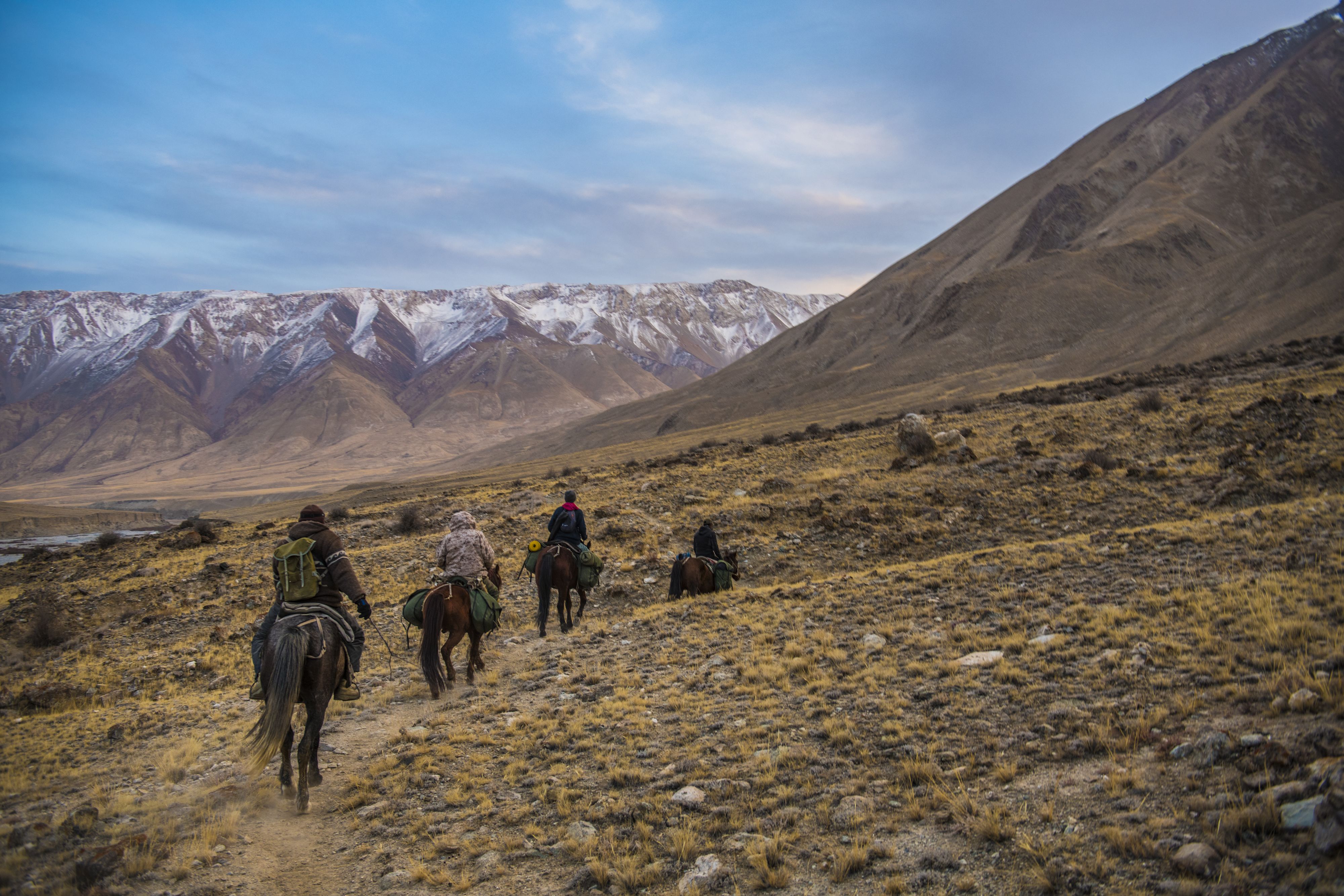
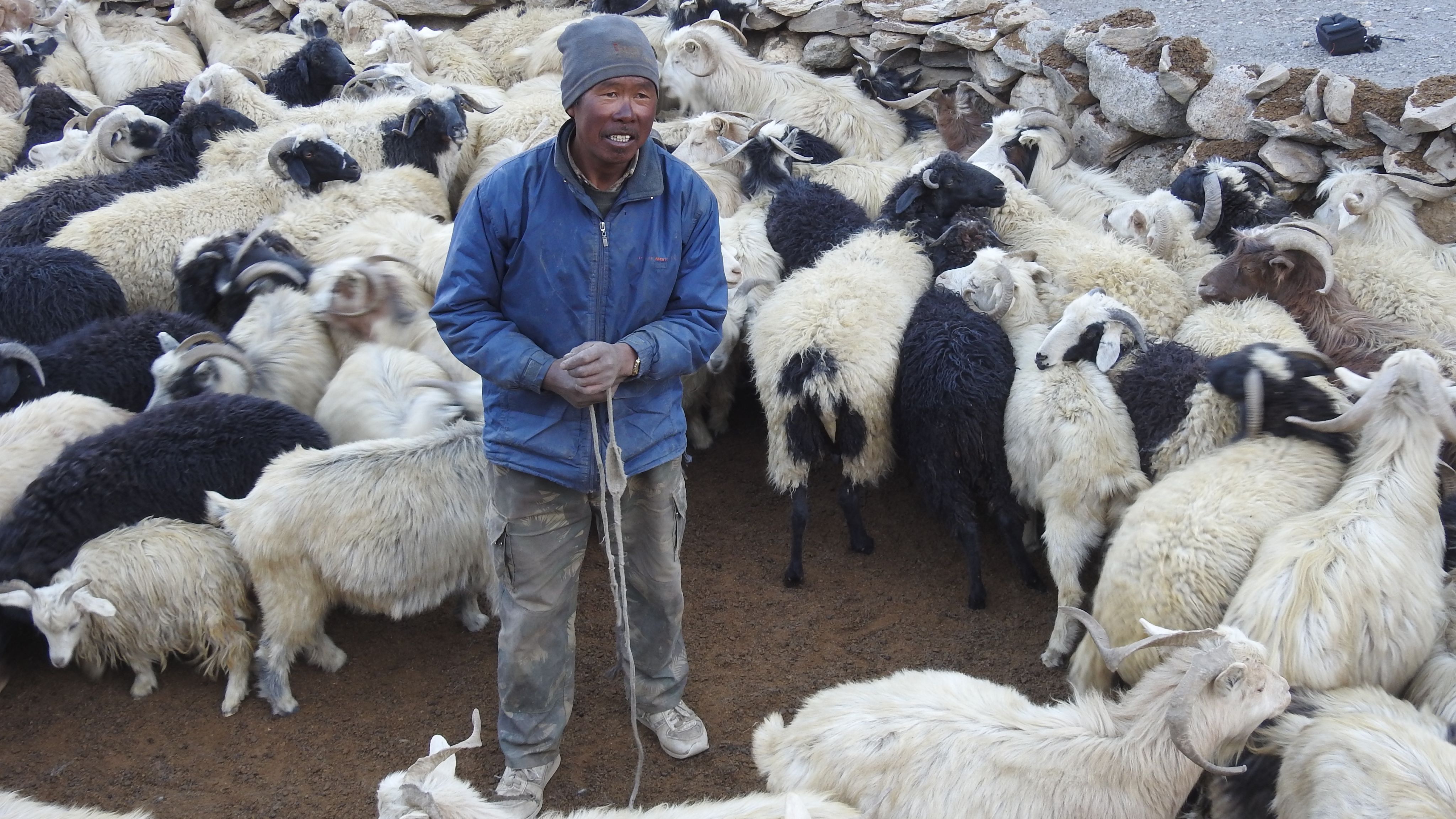
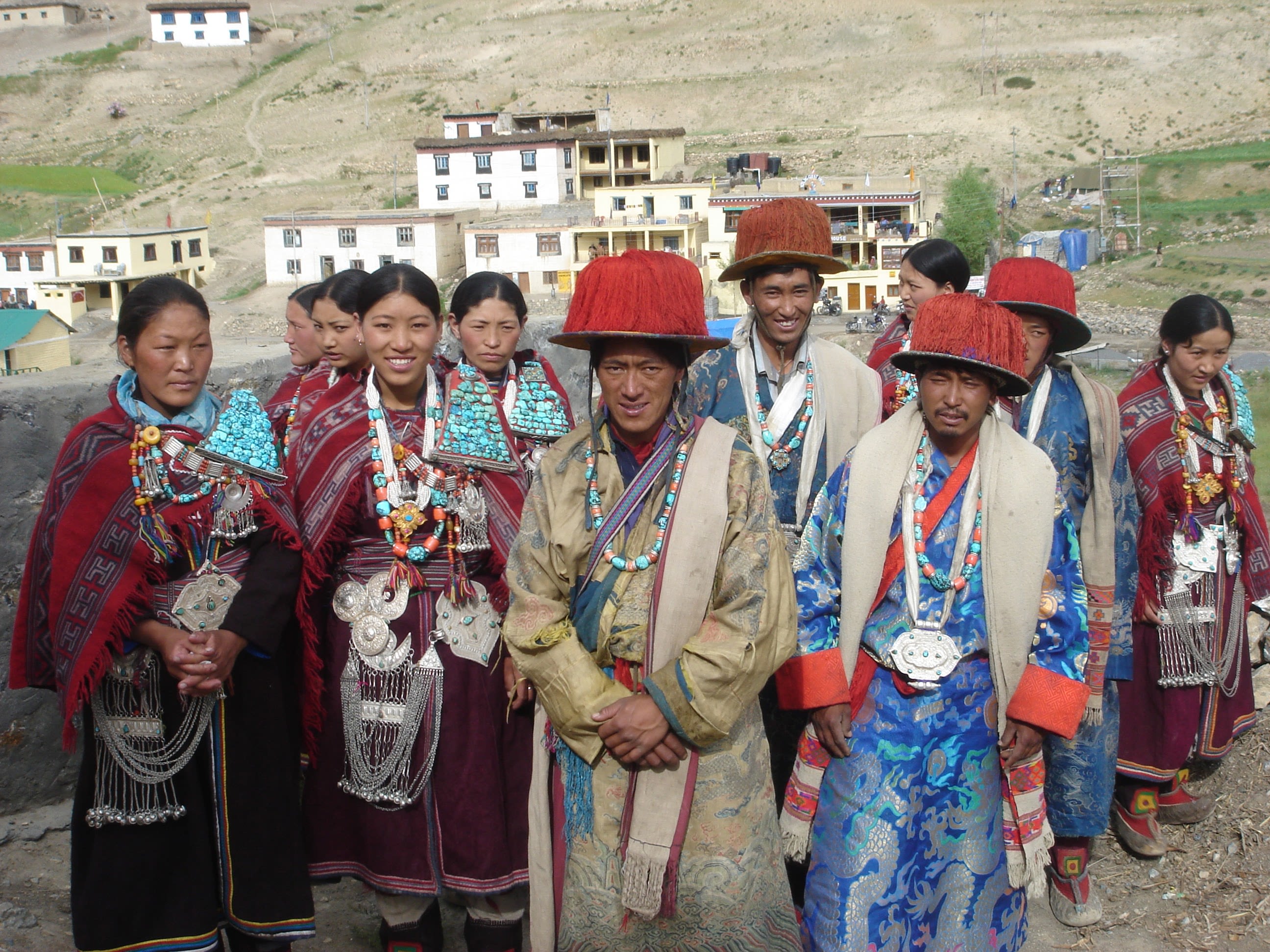
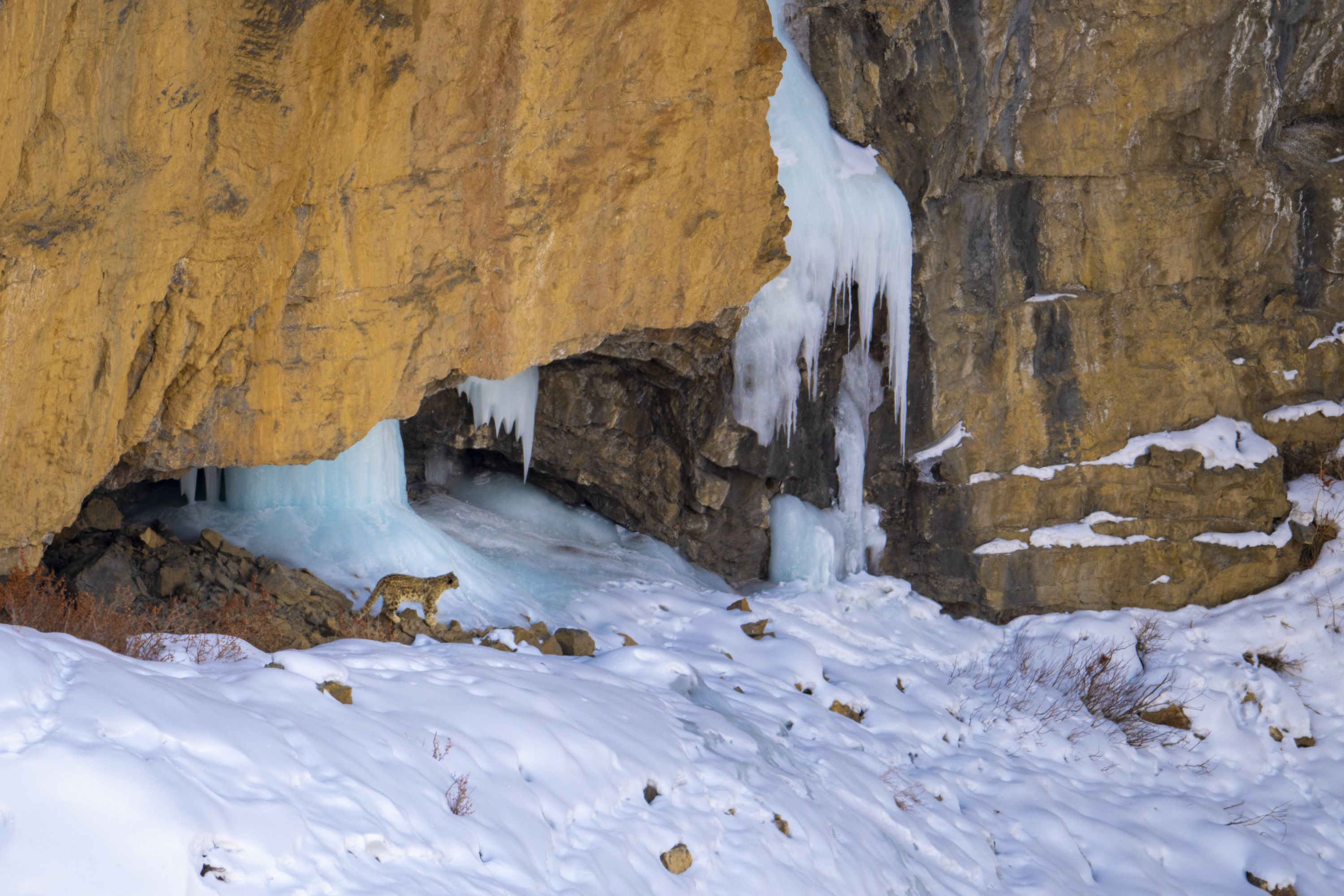
Snow Leopard in an ice cave. /Prasenjeet Yadav
Snow Leopard in an ice cave. /Prasenjeet Yadav
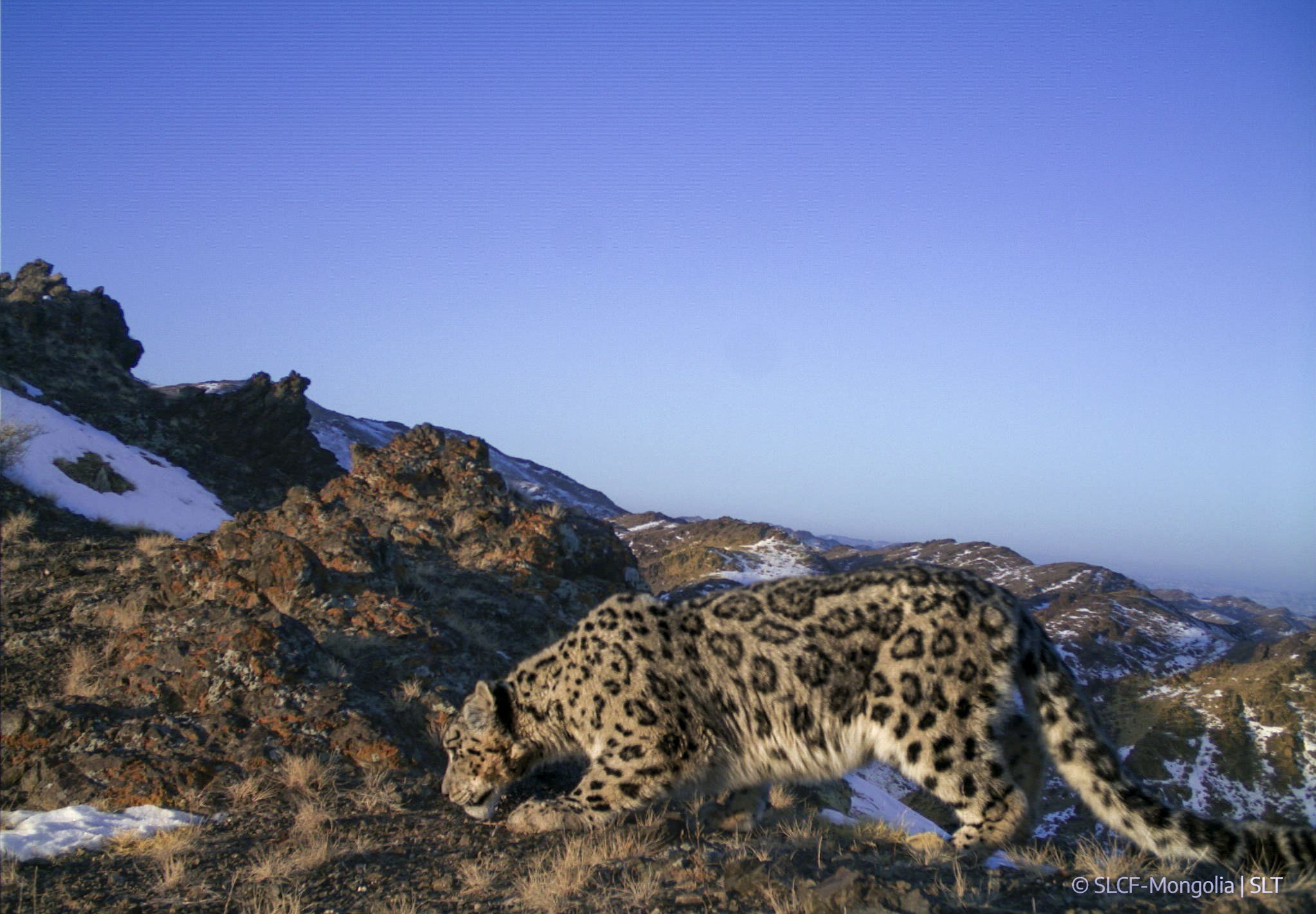
Mongolian snow leopard. /Beth/ Snow Leopard Trust
Mongolian snow leopard. /Beth/ Snow Leopard Trust
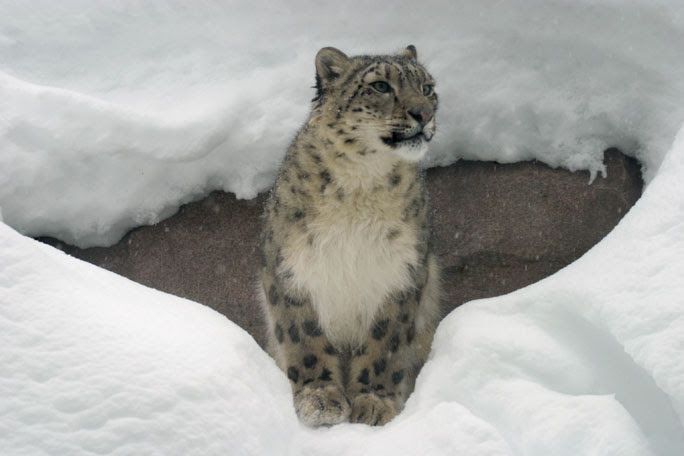
Snow Leopards in the high mountains. /Mishra
Mishra_SnowLeopard_Himalayas_India (5)
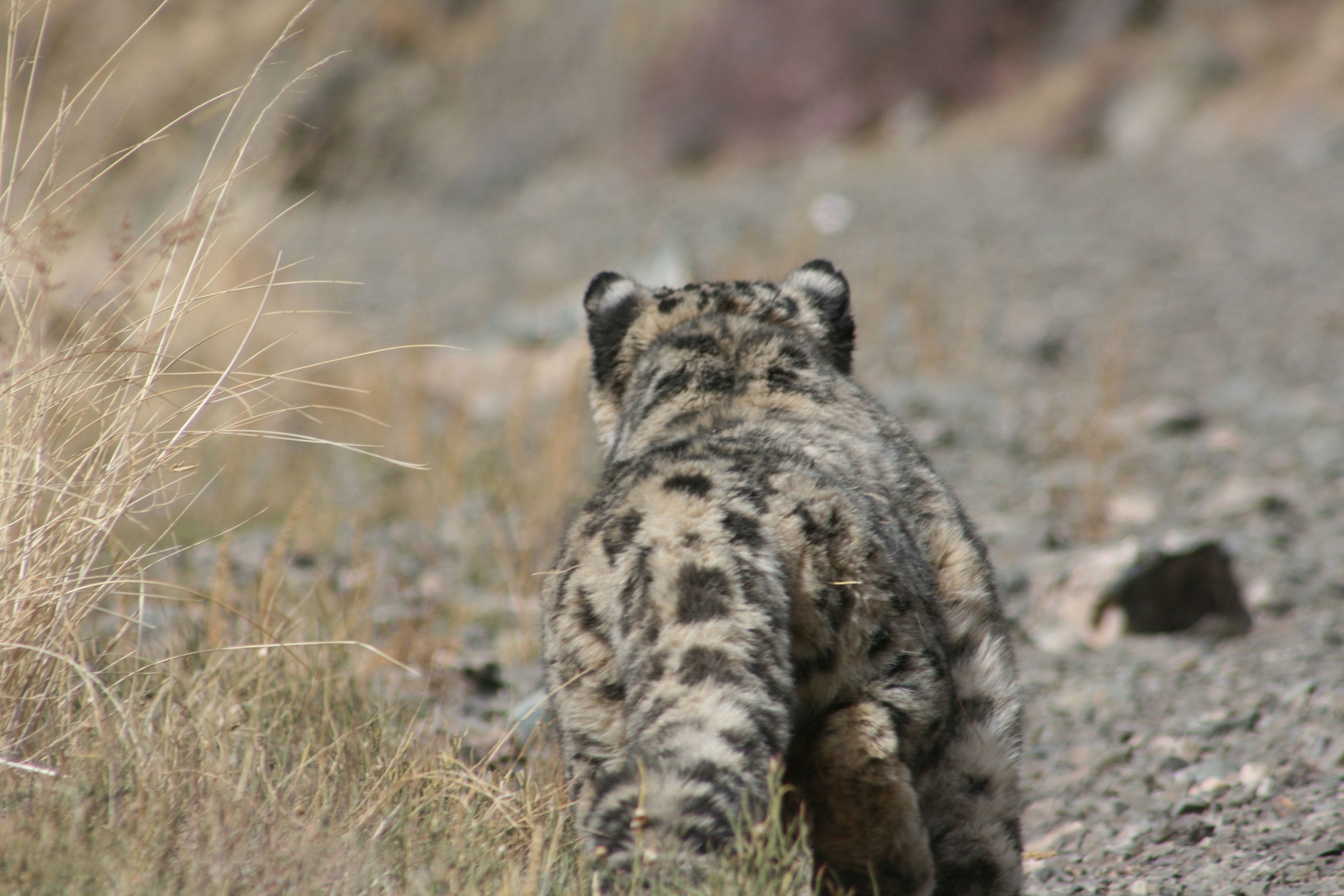
Mongolian Snow Leopard. /Beth /Snow Leopard Trust
Mongolian Snow Leopard. /Beth /Snow Leopard Trust

Indian Himalayan community. /Gayle Podrabsky/ Snow Leopard Trust
Indian Himalayan community. /Gayle Podrabsky/ Snow Leopard Trust

High Himalayas. /Gayle Podrabsky/ The Snow Leopard Trust
High Himalayas. /Gayle Podrabsky/ The Snow Leopard Trust
China's crucial role
Although working with communities is extremely important, to support that work conservationists need to work with governments.
"You could be working for 25 years with communities in one region," says Mishra. "But if a bad decision was made, where a road was going to lead or an important snow leopard habitat would be opened up for mining… these are actually lived experiences for us."
Realizing he needed to work closely with governments, Mishra teamed up with fellow international partners to create an intergovernmental alliance.
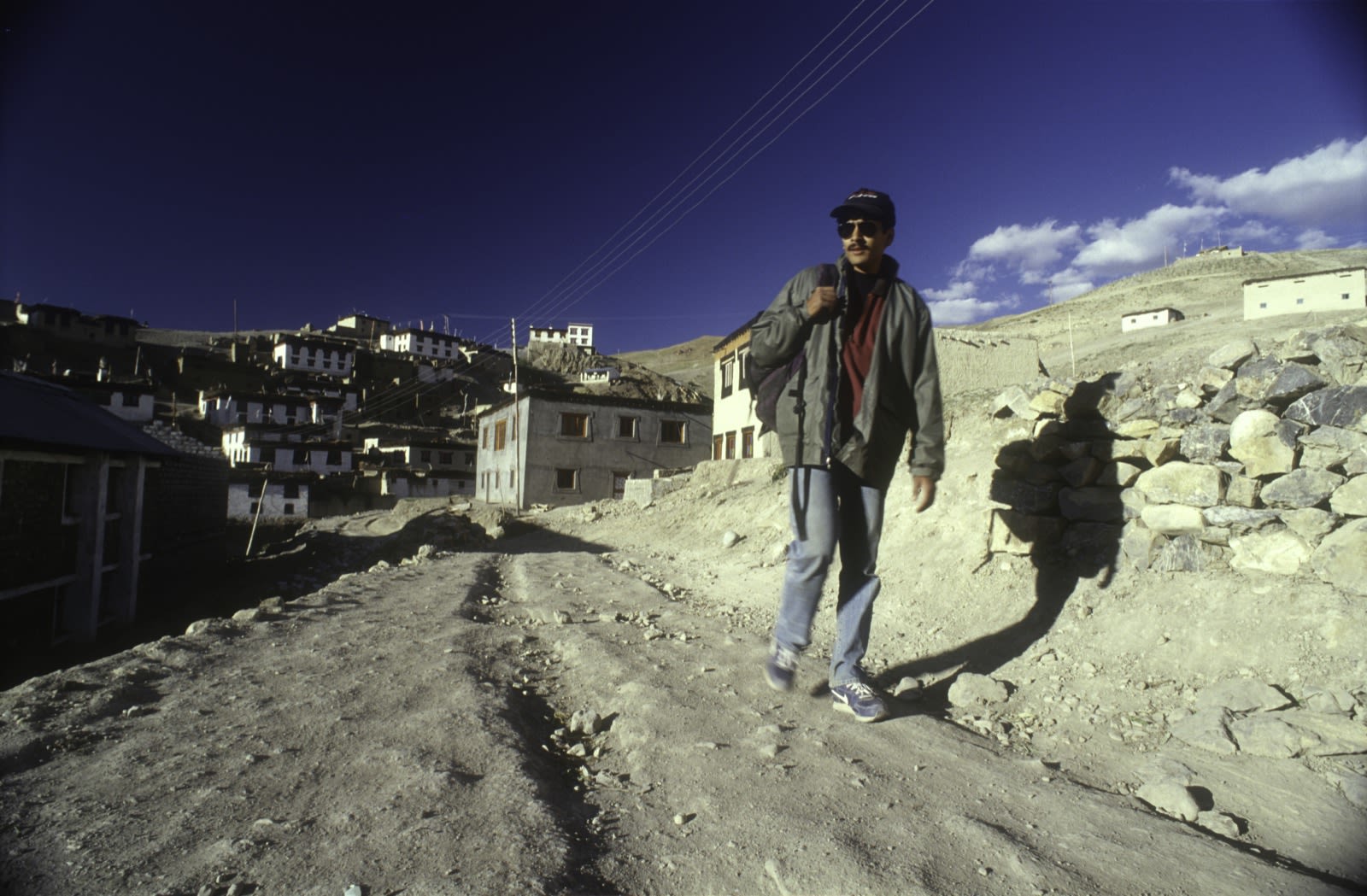
Fieldwork in the Himalayas. /Snow Leopard Trust
Fieldwork in the Himalayas. /Snow Leopard Trust
"It took us about a year and a half of work, but through sheer perseverance, determination and, you know, using all the contacts we could muster, we were able to help create the intergovernmental alliance.
"We invited all the environment ministers from all the snow leopard range countries of Asia, and we were able to bring them together and and draft the Bishkek declaration for Snow Leopard Conservation."
An incredible feat for conservation, the Bishkek Declaration – signed on October 23 2013 – commits countries to conservation milestones and the resources to achieve those milestones.
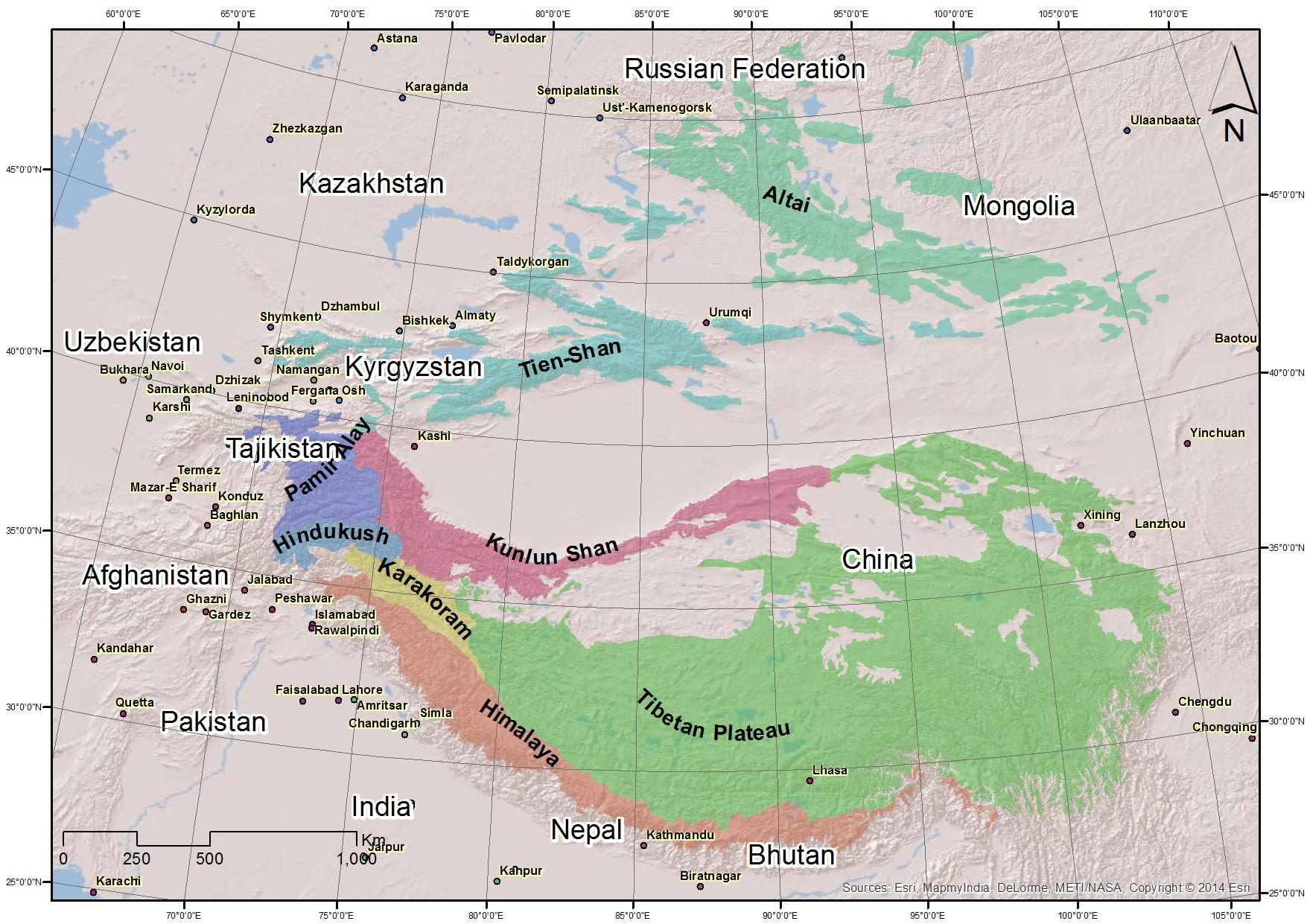
Fieldwork Map. /Mishra
Fieldwork Map. /Mishra
"Since that day, the 23rd October every year is celebrated as the International Day for Snow Leopard Conservation," smiles Mishra.
The 12 governments have collectively committed to increasing snow leopard conservation and strengthening snow leopard protection across huge landscapes, which actually form 25 percent of the entire Asia's snow leopard habitat. Mishra says the most crucial country for snow leopard survival is China.
"China has more snow leopard habitat and therefore more snow leopards than any other country," he says. "In fact, China hosts more than 60 percent of the global snow leopard habitat. And so China's involvement is very critical in snow leopard conservation.
"And we have been very fortunate that the Chinese government became a part of the intergovernmental alliance. They ratified the Bishkek declaration. They created their own National Snow Leopard Conservation program as part of this larger alliance. And they have been delivering."
Of the total estimated snow leopard habitat in China, 23 percent is now under protection, offering significant hope to snow leopards - and the Third Pole.

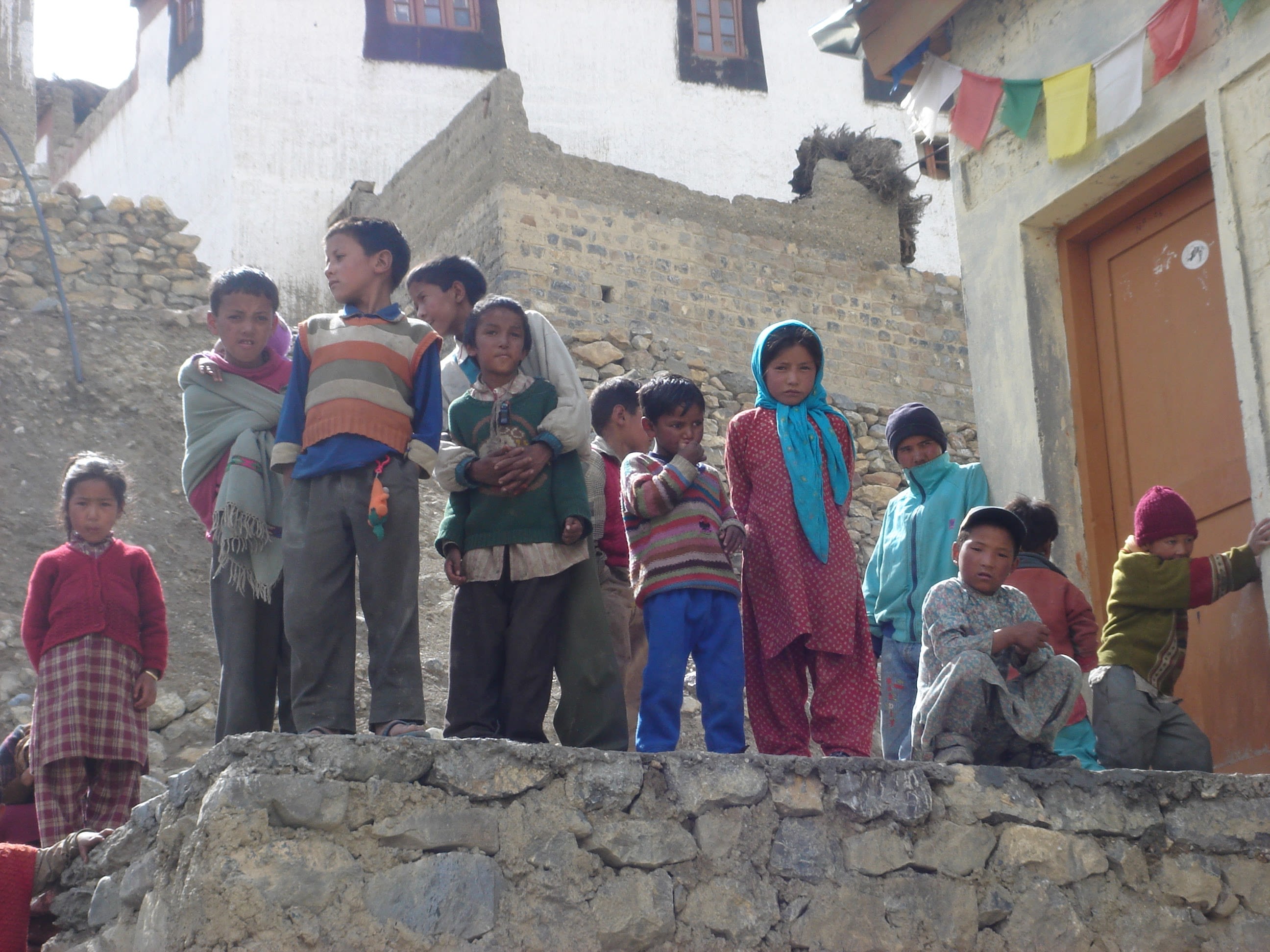
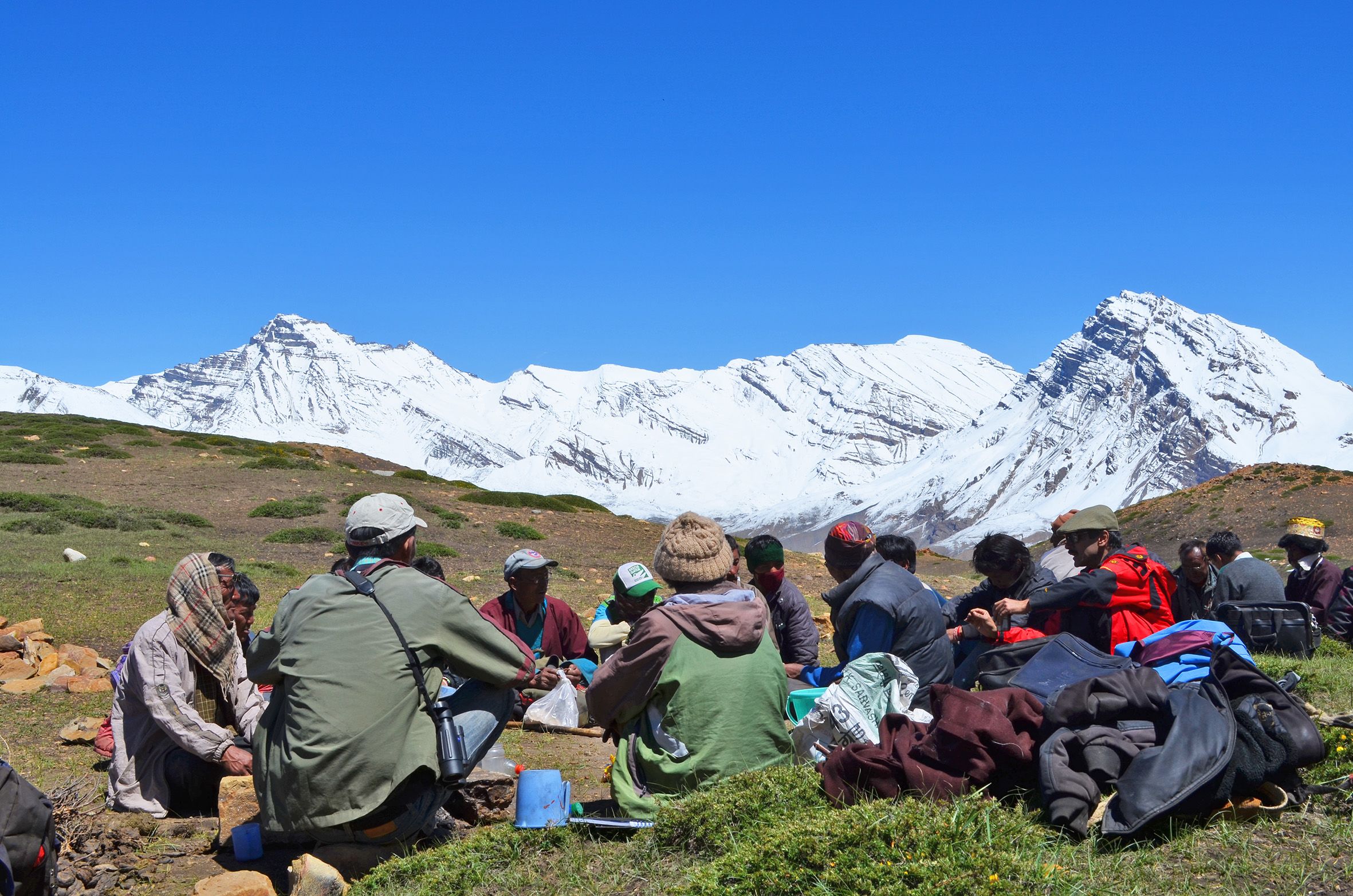
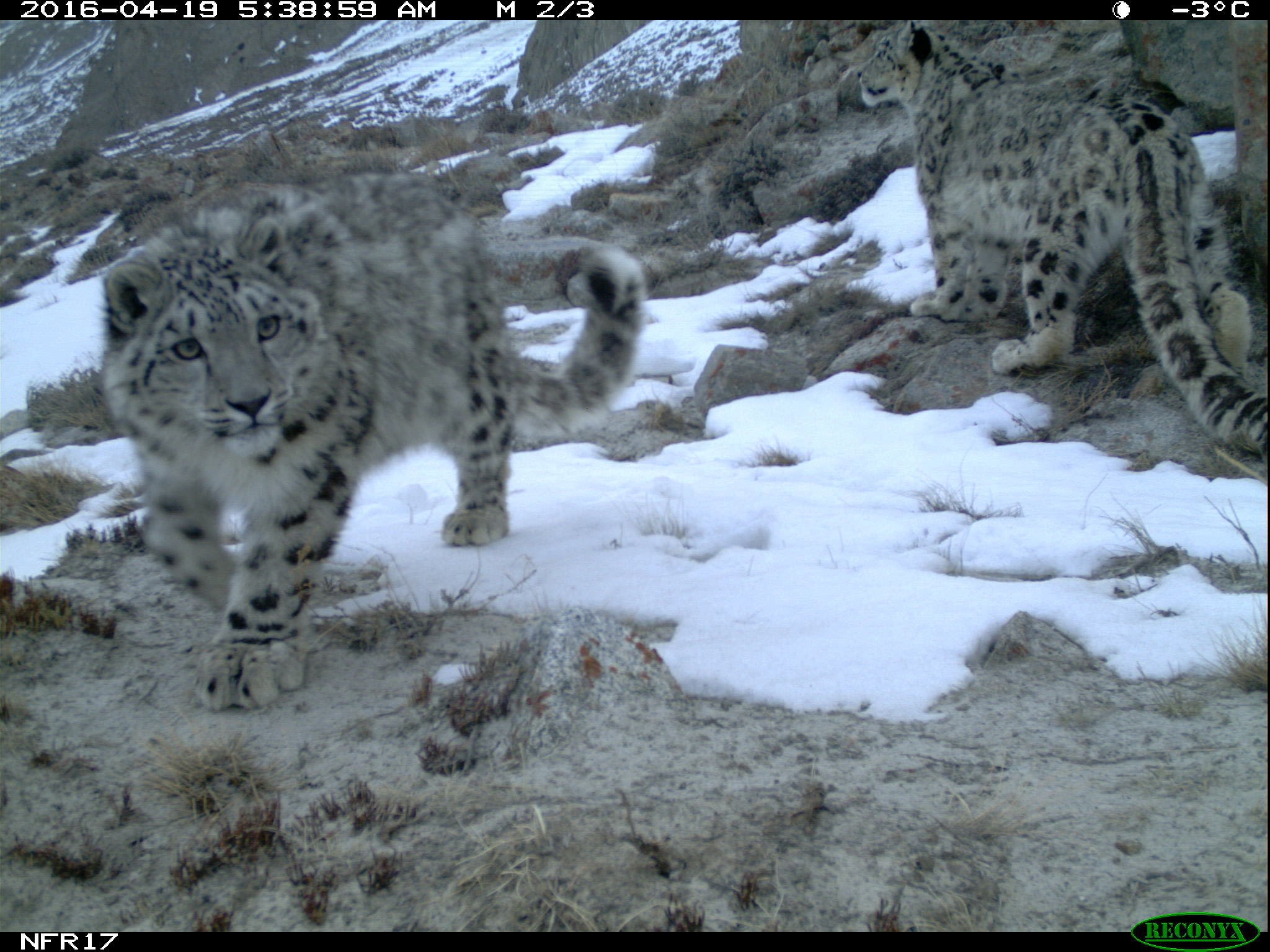
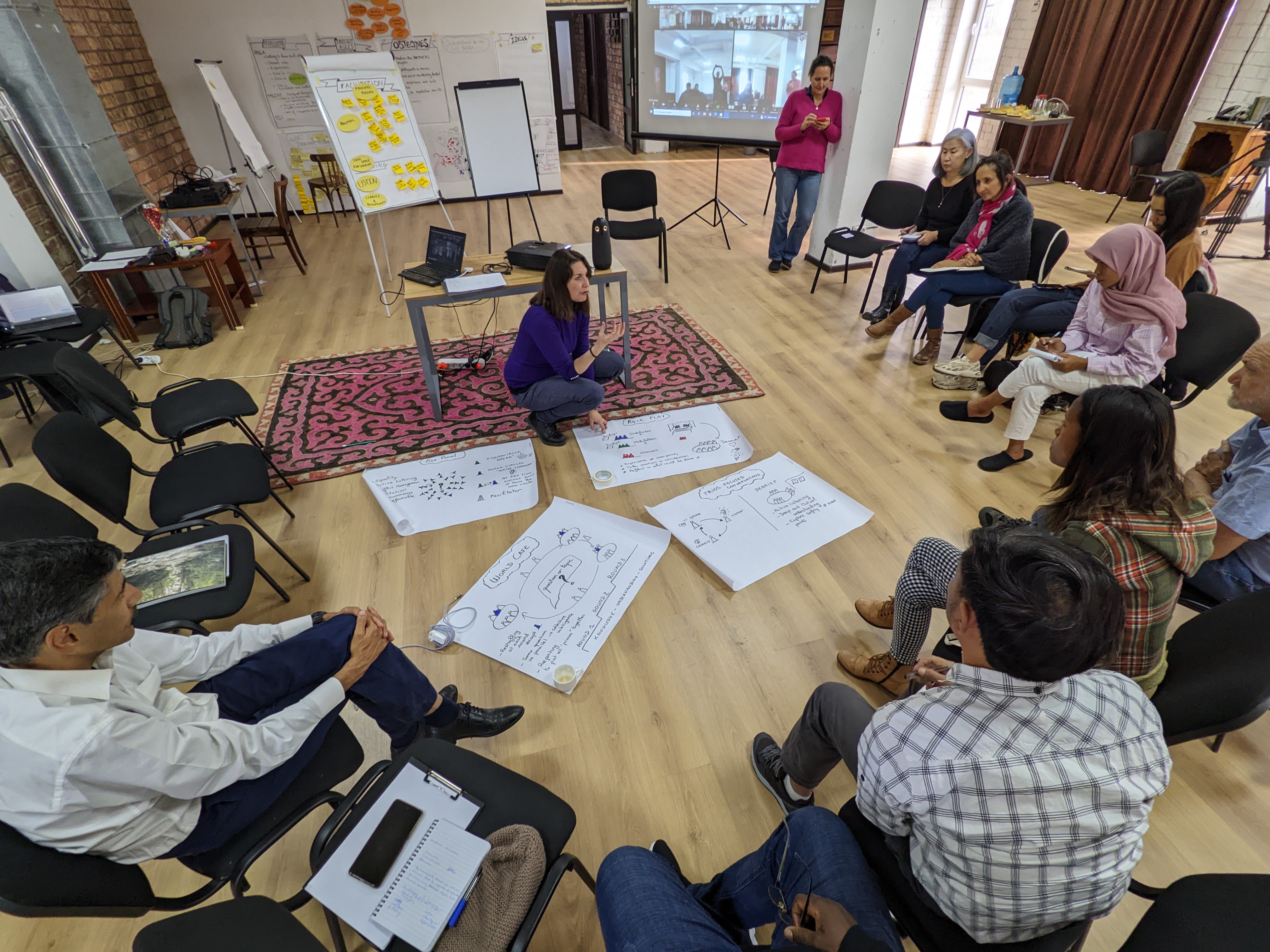
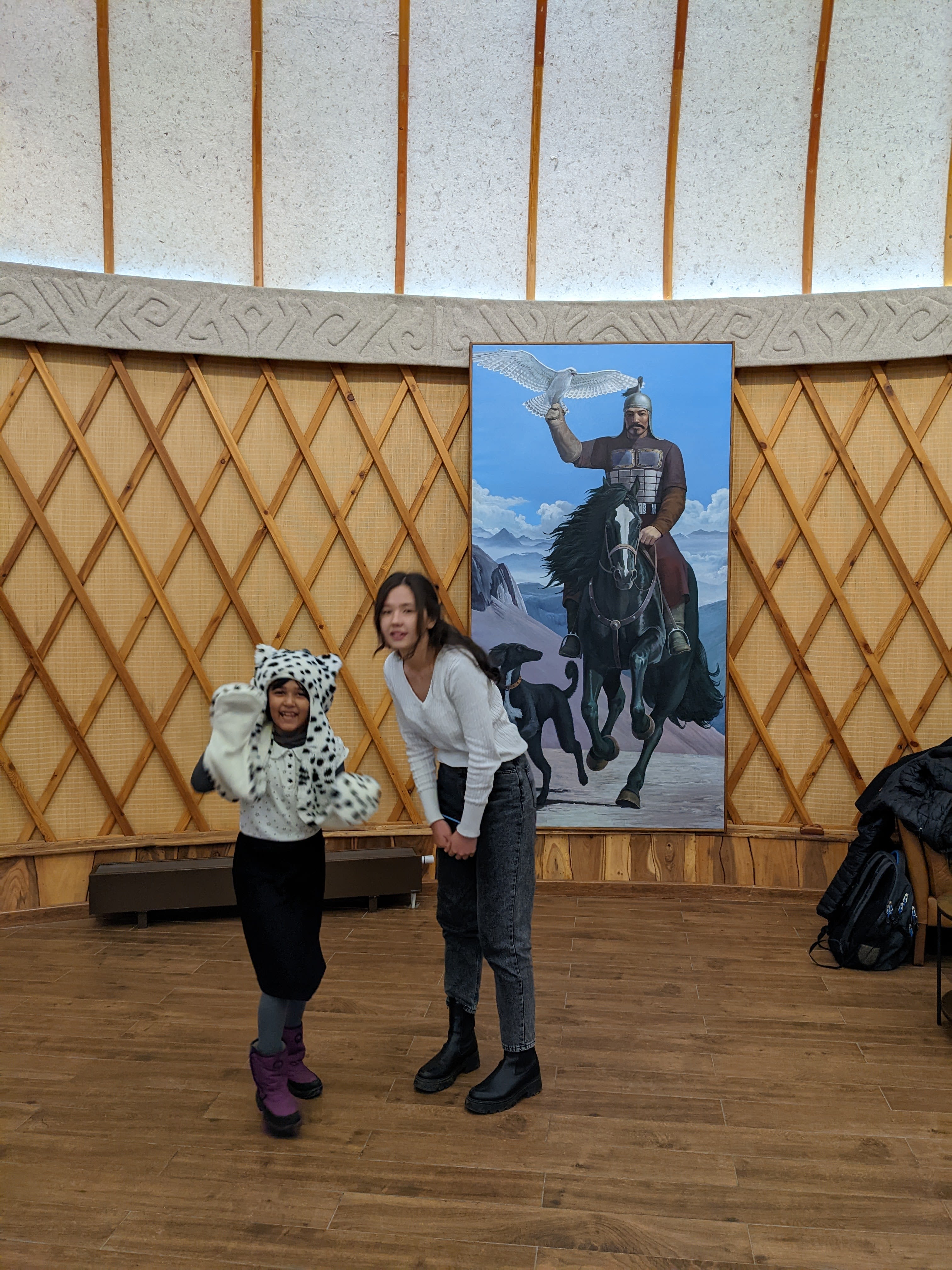
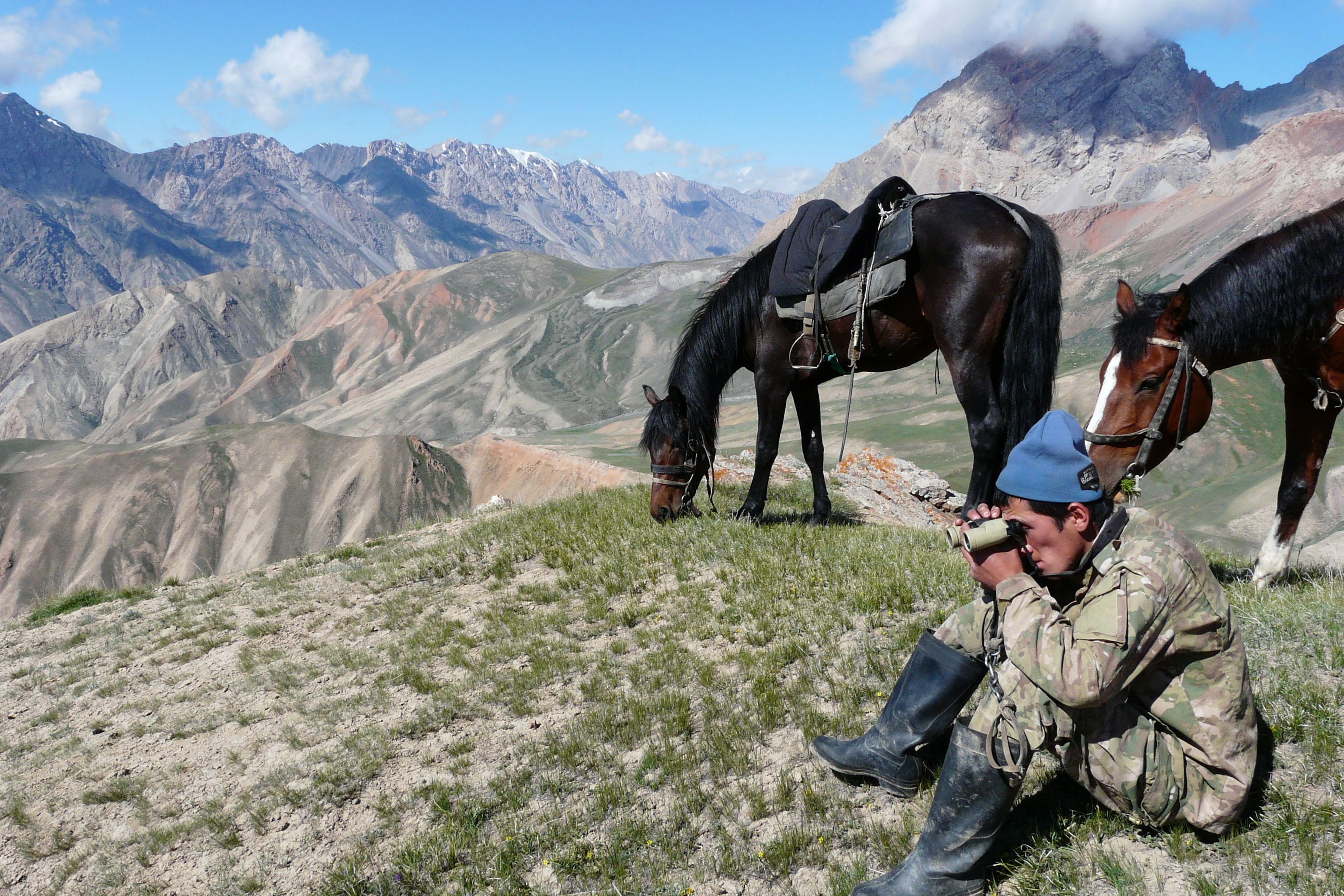
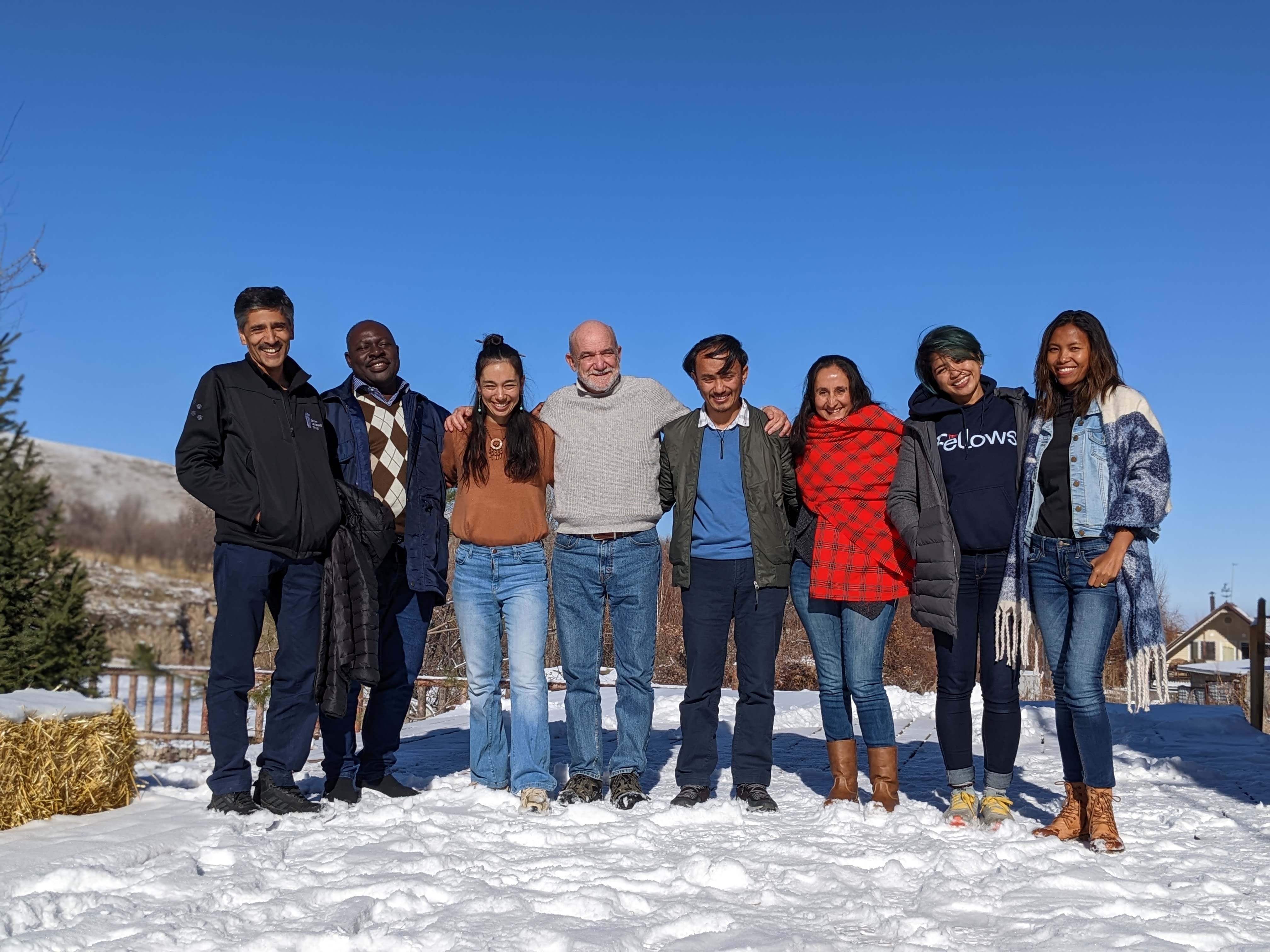
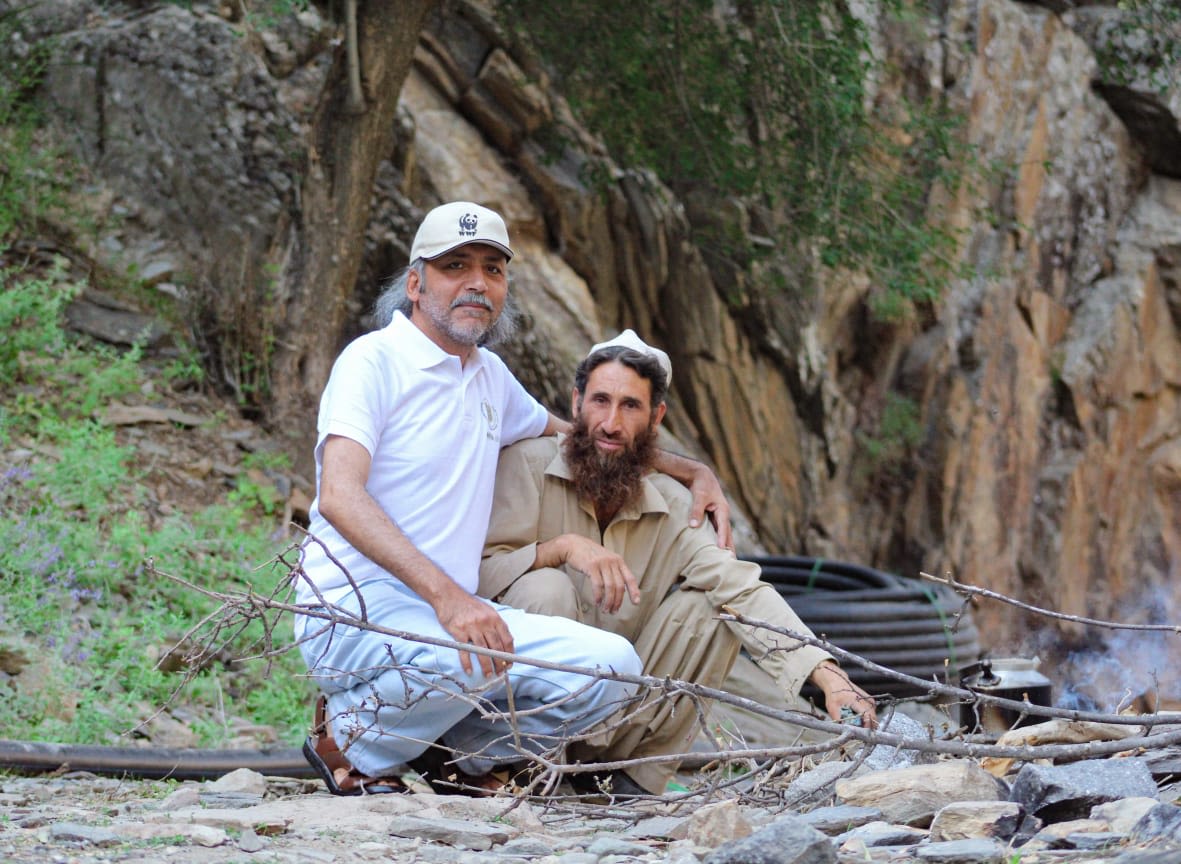
Principles, ethics and alliance
Historically, the approach to conservation worldwide has been to remove the local and indigenous communities from land important for biodiversity.
"Protected areas are essentially created by evicting people who have actually had a track record and living for centuries together with livestock and nature," says Mishra. "And so as a result, we've ended up doing a lot of injustice to people who are already relatively weak and downtrodden."
To Mishra, this is exactly the wrong approach – not merely unjust but also overlooking a potential key to conservation: "Local and indigenous communities need to be empowered to become conservation leaders."
Mishra started working on some of those issues and striking partnerships with local communities. After many years of working in the Himalayas, he began to meet other conservationists across Asia who were having the same struggles and dilemmas as him.
"While we were trained to think that communities were the problem, we were trying to change and start engaging with communities to change your own views about them and to understand that they could be the best leaders for conservation," he says.
Mishra reviewed his experiences, the conservation literature and experiences from other fields of community practice – including things like public health, social psychology and social negotiation theory – and from this identified a set of principles that allows a conservationist to be able to strike ethical and effective partnerships with local and indigenous communities. He calls these 'The Partners Principles.'
The Whitley Fund for Nature, a UK-based charity, has supported Mishra's work for many years. In 2022 he received his second Whitley Gold Award, which allowed him to meet and collaborate with conservation leaders working on lands and oceans.”
"It resonated with a lot of conservationists. Initially I wrote a book on Partners Principles and a paper, but then later it got transformed into a conservation training program, and conservationists could really relate to and benefit from the training program."
In 2022 the COP Convention on Biological Diversity in Kunming identified the Partners Principles as one of the outstanding conservation practices.
"There was just so much synergy when we were all together and we realized that what we could achieve together was much bigger than one training or the other," Mishra says.
"And the world needed a change in our conservation approach - we need to make our conservation approach more ethical towards the local and indigenous communities and also challenge ourselves with ethical issues related to animals and wildlife that we try to protect."
This led to the formation of the Ethical Conservation Alliance, whose mission is to create a global movement towards ethical conservation by empowering local and indigenous communities around the world to become conservation leaders at grass roots level.
"We are trying to create public awareness around these issues and support conservation practitioners with policy interventions so they can work with their own governments - whether it's at the local level or national level. And for us to support them to persuade their governments to adopt more ethical practices or ethical approaches, rather than how conservation is done now – because typically it is done in a very top-down way."
Fear of the future
Mishra's in-built enthusiasm for the direction of conservation is blighted by the crises of accelerating globalization and climate change.
"We are in an ongoing mass extinction of species caused by, for the first time in the history of the earth, one single species – and that is humans," he says.
"Some of these decisions need to be made at a really high level amongst governments and international organizations, so pushing our governments to become more conservation conscious and making conservation a part of the political agenda is going to be critically important."
This won't be easy and one crucial relationship needs to be created, says Mishra: "The wealthier nations need to be supporting the not so wealthy nations to be able to adopt more sustainable technologies and practices."
It's a herculean task – but if anyone can do it, it's Mishra and his fellow conservationists.
